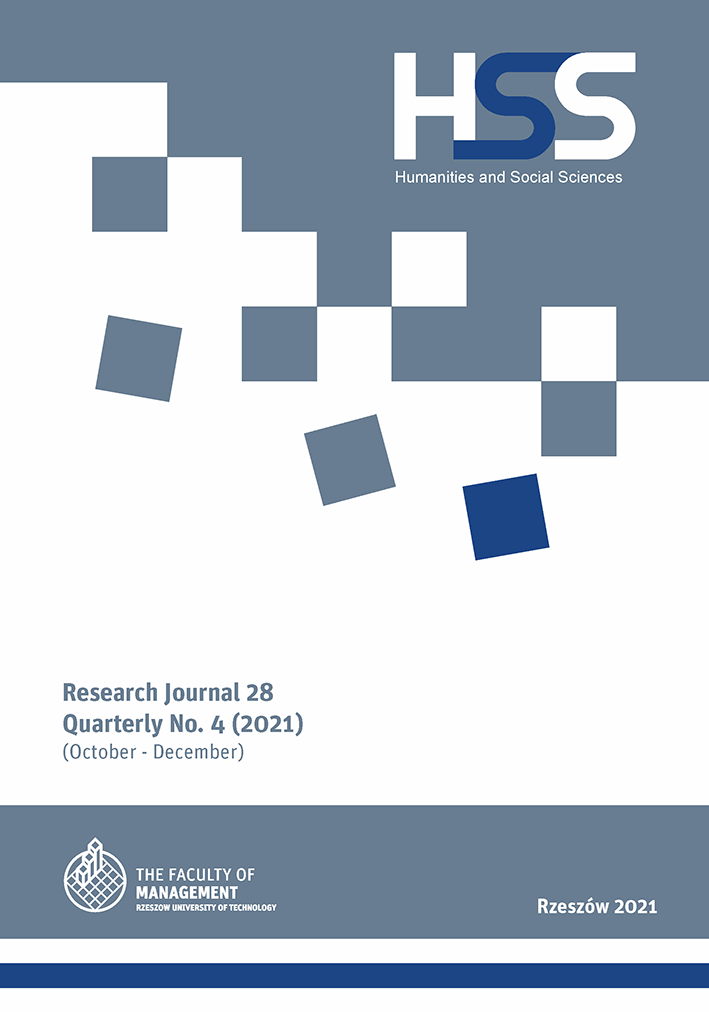Abstract
It cannot be denied that the difference in the fight against irregular forces, which results from the non-standard operation of these forces, as well as the role played by the civilian population in this fight, have a significant impact on the state’s definition of the conventions of its conduct. Many years of experience prove that the state’s struggle with irregular forces is not only a very complex issue, but also a particularly difficult one to implement. Against this background, this study focused on empirically examining the use of aircraft (and the goal of its use) in combat with irregular forces. It also assessed problems that arise in aviation combat with irregular forces, while offering insights on the use of aviation in the fight against irregular forces. The research used document research as well as quantitative and qualitative analysis as its methods, and a systematic review of scientific literature on the use of aviation in the fight against irregular forces was conducted. The results of the research show that the fight in question requires the armed forces’ use of aircraft/aviation in organized combat and non-combat operations. However, one should be aware that aviation has its specific attributes, and it should not be prioritized over other means of combat, as it is insufficient to defeat irregular forces in a short time, alone, or even jointly with other military components.
References
Aktualności lotnicze – AKLOT (2010). Warszawa: Instytut Techniczny Wojsk Lotniczych, nr 2.
Bartnik, R. i in. (2009). Założenia operacyjne użycia lotnictwa w walce z siłami nieregularnymi. Warszawa: wyd. AON.
Baylis, J. i in., red. (2009). Strategia we współczesnym świecie, Kraków: wyd. UJ.
Cieślak, E., Mróz, P. (2009). Lotnictwo Izraela w wojnie libańskiej w 2006 roku. Zeszyty Naukowe Akademii Obrony Narodowej, nr 2.
Cordesman, A. H. (2008). Air Combat Trends in the Afghan and Iraq Wars. CSIS, 11 March.
Creveld, M. (2013). Era lotnictwa wojskowego, tł. J. Tomczak. Warszawa: Biblioteka Wojskowa.
Fryc, M. (2015). Polska strategia obronności wobec zagrożenia militarnego z elementami wojny hybrydowej. „Bezpieczeństwo Narodowe”, 2015/I.
Giustozzi, A. (2009). Koran, kałasznikow i laptop. Rebelia neotalobów w Afganistanie. tł. Ł. Müller. Kraków: wyd. UJ.
Glass J.W. (2009). Taking aim In Afghanistan. “C4ISR Journal”, 5 February.
Gordon, S. L., The Vulture and The Snake. Counter-Guerilla Air Warfare: The War in Southern Lebanon, Mideast Security and Policy Studies, July 1998, No. 39, Chapter 3&4.
Gotowała, J. (2003). Iraqi Freedom – pustynna szachownica. „Przegląd WLOP”, nr 6.
Knowles, J., Goodman, G. W. Jr. (2007). Compass Call – New AEA. “The Journal of Electronic Defense”, Vol. 30, No. 5, maj.
LeHew, P., Collins, J. (2010). Unmanned Aircraft Systems in Irregular Warfare. Air Land Sea Bulletin – Irregular Warfare, January.
Leśnikowski, W. (2007). Lotnictwo w operacjach powietrznych. Warszawa: wyd. AON.
Maley, W. (2002). The Afghanistan Wars. London: Palgrave Macmillan.
Matthews, M. M. (2008). We were caught unprepared. The 2006 Hezbollah – Israeli War. US Army Combined Arms Center, Fort Leavenworth.
Reginia-Zacharski, J., Łoś, R. (2010). Współczesne konflikty zbrojne. Warszawa: Wydawnictwo Naukowe PWN.
Rubin, U. (2007). The Rocket Campaign against Israel during the 2006 Lebanon War. The Begin-Sadat Center for Strategic Studies Bar-Ilan University, Israel, June.
White, J. (2006). Military Implications of the Israel – Hezbollah War [w:] Lessons and Implications of the Israel – Hezbollah War, The Washington Institute, October.
Zieliński, T. (2012). Lotnictwo wojsk lądowych w misjach poza granicami kraju. Warszawa: wyd. AON.


